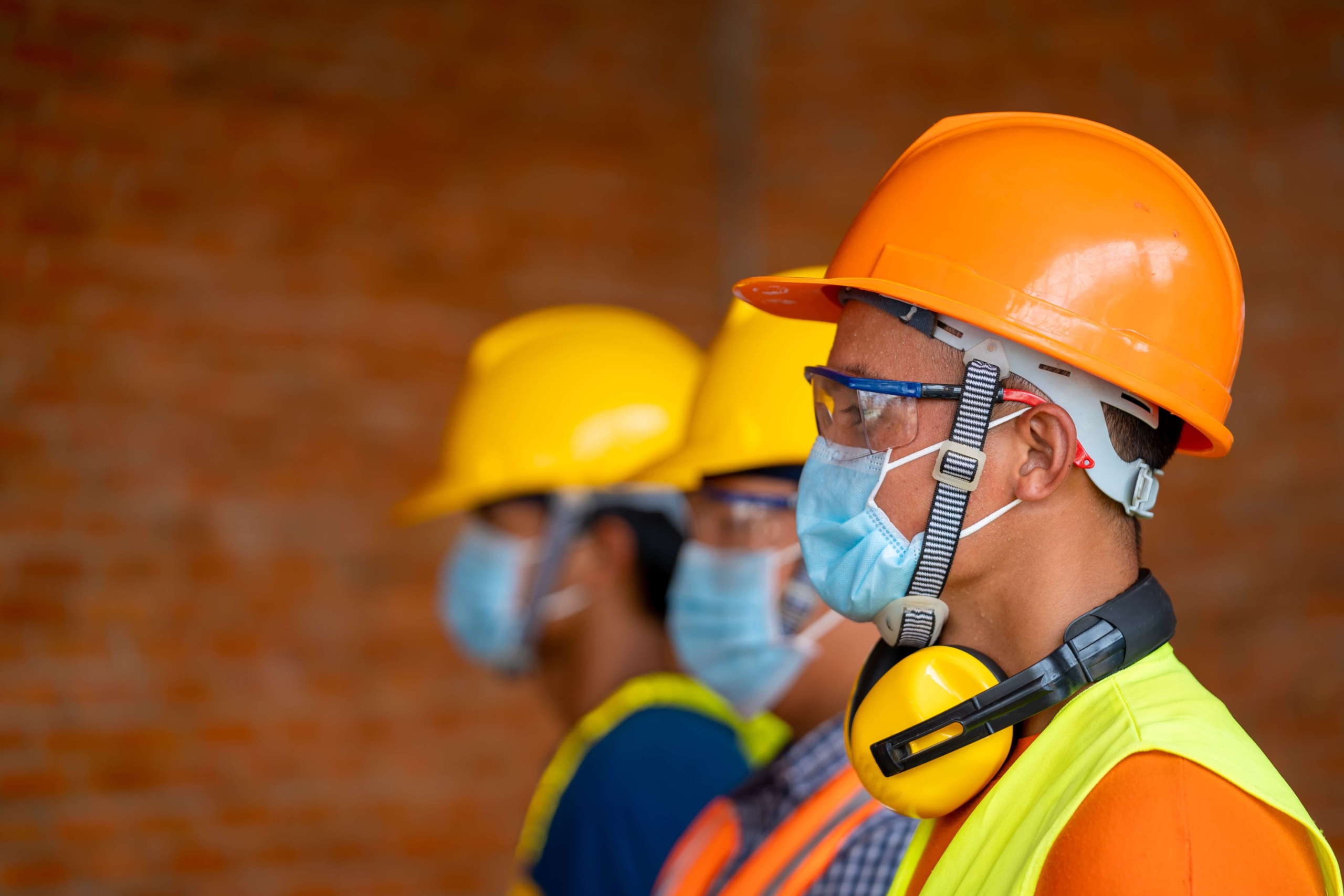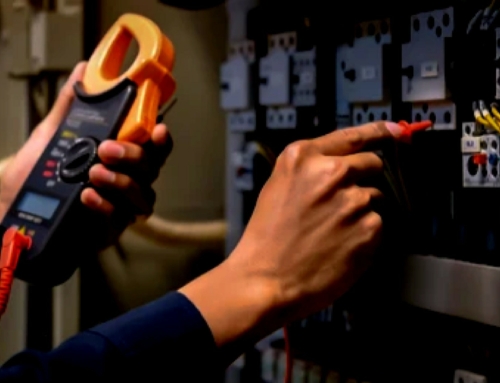Ensuring the safety of field service workers while they carry out their tasks is now more important than ever.
The 2020 global pandemic has seen businesses of all shapes and sizes adopting new practices to ensure their working from home employees have everything they need to do their jobs remotely and safely. However, there is a whole section of the workforce, including service and maintenance technicians and employees working on construction projects, for which different safety measures need to be taken. This is particularly important for businesses with large numbers of workers and contractors in the field as managing them effectively and ensuring their wellbeing can be extremely difficult.
Fortunately, this sector comes with at least one in-built advantage. Field service employees are already used to the greater sense of autonomy, personal responsibility and physical freedom that working away from the office space entails. The very nature of the work leads to flexibility. “For me, it is surprising and pleasing to see how quickly field workers have adapted to the current environment with the use of masks, gloves and constant hand sterilisation,” says Chris Calamos, CEO Retriever Communications.
On the downside, however, a widespread challenge like a pandemic means that the places they visit and the tasks they perform come with increased personal health risks that require a well-planned and executed safety plan.
Safety first
Implementing the following measures will improve the safety of field service workers and provide them with the best tools to perform their tasks safely and give them the confidence that their health and well-being are a top priority.
- Limit office visits – the more locations visited by employees (who could be contagious, but asymptomatic) the greater the chance of spreading infection. Remove at least one location from the equation by using software that reduces the need for face-to-face contact with the worker, who is able to go from their home straight to the job site and back home again, cutting out the office altogether.
- PPE provision – ensure that the physical safety of field service workers is optimised by creating a set of safety protocols that workers must follow, offering all necessary PPE (personal protective equipment) and updating of any policy, procedures and safety forms to comply with current industry and government regulations.
- Detailed and timely communication – field service workers mostly operate alone, so it’s paramount that they are instantly provided with all the information they need to do this safely and effectively.
- Correct software – increase efficiency by implementing service application technology that streamlines all processes, including asset management, forms, timesheets, purchase orders and work done. Look for a mobile application that is flexible, adaptable and allows customisation to ensure that it closely matches the field worker’s process workflow. The right software will also feature time and GPS stamping, to assist with contact tracing if necessary. It will be offline capable, to ensure no data loss in the field and immediate synching as soon as connectivity occurs. Plus, it’s essential to select a solution that gives a manager real-time visibility and control over what is happening in the field.
First and foremost, make sure preparation for the task at hand is as thorough as possible, with comprehensive details regarding location, time schedules and instructions for the task. The better informed workers are, the less time they will have to spend in potentially risky situations.
“Aside from the physical tools of their trade, getting them the required data on the job they are attending to, in a timely and efficient manner, is critical,” concludes Calamos.





